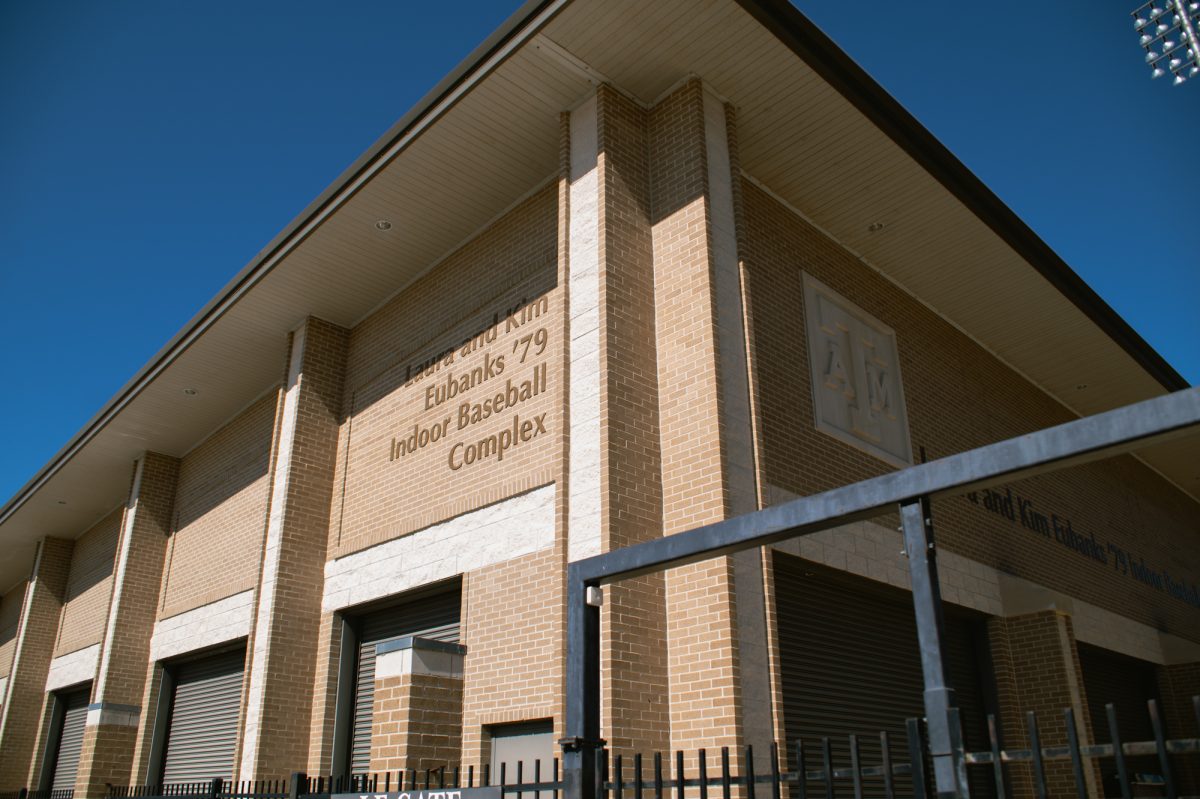Editor’s Note: This article was updated since initial publication to clarify that the Texas A&M Forest Service was the sponsor for these grants.
Texas A&M Forest Service awarded both the Bexar Branches Alliance and the Cooling College Station grant.
The two grants have a mission to positively influence the community. This project is funded by several grant programs, including the U.S. Forest Service through the Cooperative Forestry Program, as well as the Infrastructure Investment and Job Acts. These grants will work together and complete different tasks to provide shade, cooler temperatures, cleaner air and grow additional trees in the community as an overall benefit toward human health.
A&M Forest Systems Department Head Gretchen Riley said the Texas A&M Forest Service Community Forestry Grant program kicked off 2023 with a $50,000 award in two separate categories.
“The first category, Climate Resiliency, was awarded to Bexar Branches Alliance for their planned program to engage San Antonio schools in campus tree planting and education projects,” Riley said. “The second category, Human Health Equity and Accessibility, was awarded to the City of College Station for their effort in equitably distributing trees to help combat the urban heat island, that condition where urban areas are up to 15 degrees warmer than nearby rural areas.”
Bexar Branches Alliance is a nonprofit organization in San Antonio that is dedicated to expanding and preserving the tree canopy of the Greater San Antonio Region, said Michael Merritt, A&M Forest Resource Development and Sustainable Forestry Program leader.
“Their grant will add 500 trees to five different schools throughout San Antonio based on social vulnerability, heat island effect and equity,” Merritt said.
A&M Forest Service Urban and Community Forestry Program Partnership Coordinator, Mac Martin said the temperatures in the city’s urbanized areas are an average of six degrees Fahrenheit higher than other locations.
“The identified locations are within or adjacent to historically underserved communities which are often disproportionately affected by extreme heat and other environmental inequities,” Martin said. “Planting trees in these areas will not only help to mitigate heat, but also filter air pollution, provide a healthier space for recreation, improve watershed function, sequester carbon and all the other co-benefits planting and maintaining trees provides.”
Trees provide many social, economic and environmental benefits, Riley said.
“These benefits range from energy savings from cooling the ambient air temperature to reducing risk for chronic disease,” Riley said.
The A&M Forest Service Urban & Community Forestry Program helps communities develop sustainable programs that provide Texans with healthy trees and forests, Martin said.
“Healthy urban & community forests are essential to the economic, environmental, physical and mental well-being of all Texans,” Martin said.
The College Station grant will help the city combat the urban heat island effect by planting trees in parks and along roadways adjacent to historically underserved communities where they are most needed, Merritt said.
“The main goal is to help communities develop sustainable programs that provide Texas communities with healthy trees and forests which in turn will help to improve the health and lives of Texans,” Merritt said.
A&M Forest Service provides statewide leadership and technical assistance to ensure the states, trees, forests and natural resources are sustained for the benefit of all, Riley said.
“We are the state forestry agency, headquartered right here in College Station,” Riley said.
A&M Forest Service encourages communities to look at their canopy levels and urban forest locations because many times the most disadvantaged areas of a community have the lowest tree canopy levels, Merritt said.
“Science is showing us the tremendous benefits that trees provide to a community, everything from pollution and storm water mitigation, to reduction in energy use through cooler houses, to improving our health,” Merritt said. “By increasing the tree canopy in these disadvantaged areas, we can help to improve people’s health and provide a more pleasing environment as well.”










